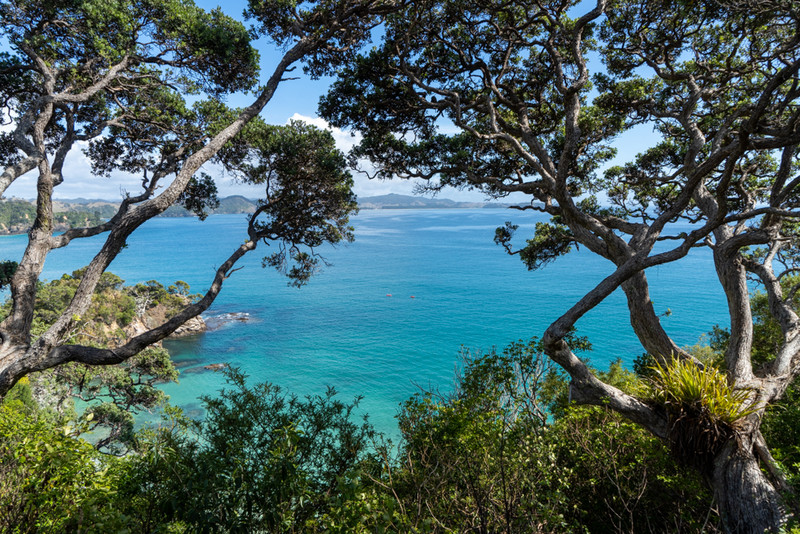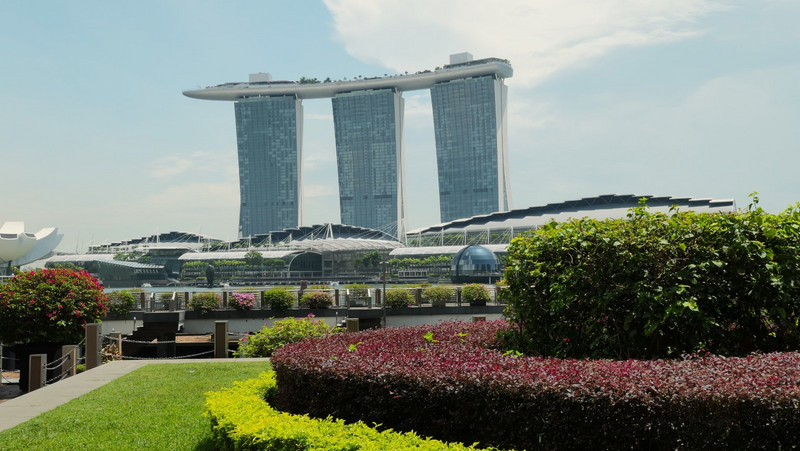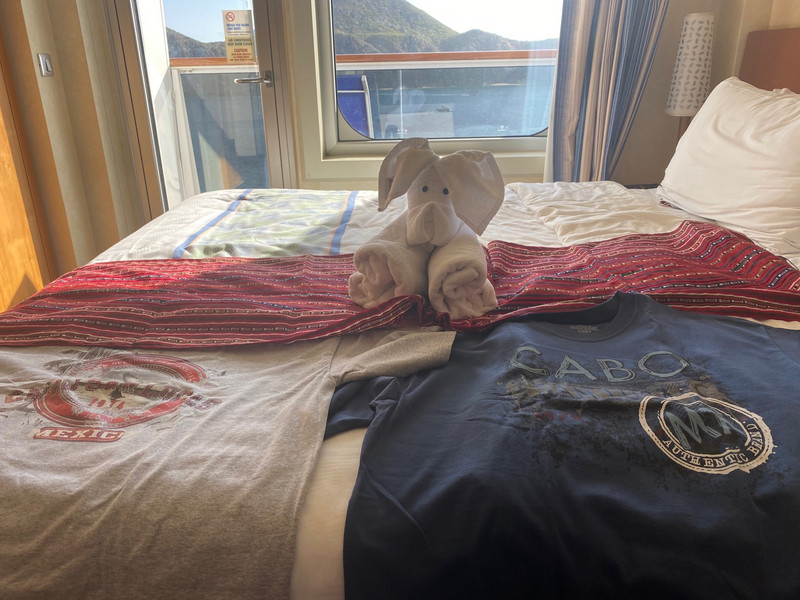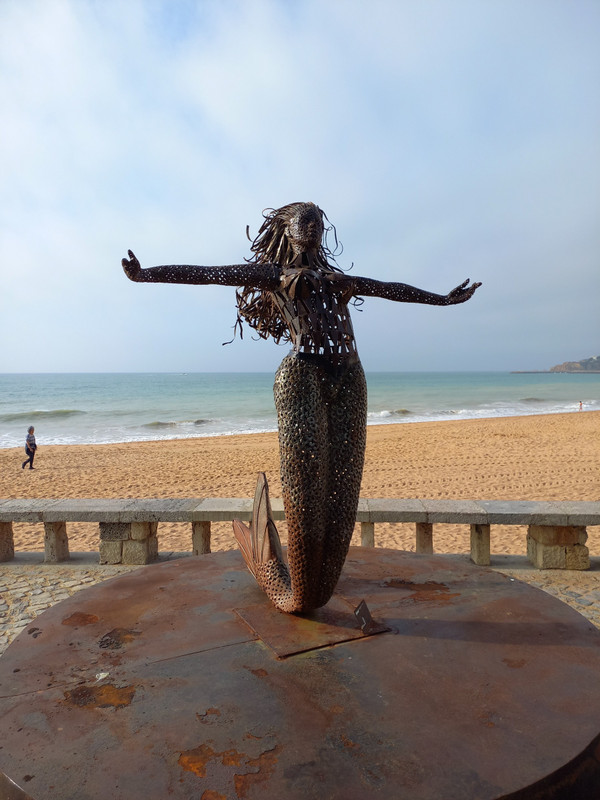Leaving Paihia, we dawdled down the beautiful coast back to Auckland. All along the coast are wonderful vistas either at. sea level or from the heights above, and the coast is replete with wide sandy beaches and waters. As in all places in New Zealand, tramping trails abound. We took some time working our way back to Auckland, since we had little desire to do anything there other than see the wonderful museum with its Maori treasures.
The Auckland Museum surmounts a hill in the large park called the Auckland Domain, occupying an old volcanic crater. The park includes drives, walking trails, and a botanical garden, and occupies 75 hectares (185 acres) just southeast of the main downtown area of Auckland. The park was established in 1843, and the Auckland War Memorial Museum was opened in 1929, with additions in the 1960s and 2000s. It houses some military exhibits in its function as a war memorial, but the lower level has an extensive and wonderful collection of artifacts of the Maori and Pacific island cultures. It includes a 25 meter war canoe and a carved meeting house. The Maori must rank with some of the best wood
The history of the relationship between the Maori and the white settlers is, as you might expect, a troubled one. The Treaty of Waitangi itself is troubled, since the Maori and English versions have different interpretations of the agreement, although both were signed at the same time. February 6 is Waiting as the nations birthday, but as Lonely Planet describes the day as as a mixture of protest, and apathy. There is an attempt to integrate the Maori more into the rest of New Zealand culture in an attempt at social justice now, but the 17% or so of New Zealanders who are Maori continue to occupy mostly lower socioeconomic levels and have higher rates of health issues, poverty, and educational underachievement. The Maori arrived here as a mostly mass migration around CE, and that is supported by both the extensive oral history of the Maori and archaeological evidence. There is no evidence of human settlement in New Zealand prior to their arrival. Their oral history does not include the cataclysmic eruption of Mt. Tarawera which occurred about 1315 and may have lasted for about 5 years. That event,
with its ash cloud that caused climate cooling, is thought by some scholars to have possible been the cause of the Great Famine of in Europe. The dating of that eruption helps date the arrival of the Maori.
The day after visiting the museum we had planned a day to see Auckland, but finding that prospect uninviting we instead opted to go south to Waitomo to see the glow worms. We had planned to see a site with them on the South Island but were thwarted by the severe flooding that preceded our visit to that area. Waitomo has a collection of about 300 limestone caves, but three are used mostly for the tourist attractions. One has the glow worms, and and two have the usual cave formations. One cave is used to take tourists on a blackwater rafting experience. You don a wetsuit, pick out an inner tube, put on a headlight, and head off down an underground stream, ending in an area with glow worms. We opted to skip the wetsuits and just see the glow worms. Frankly, I had not expected much. I thought it would be a lot like the Blue Grotto in
Italy - all anticipation and no real reward. But it turned out to be fascinating. After a mundane introductory start, you board boats with a guide who steers the boat along using a series of overhead ropes. I was frankly astonished at the sight of the glow worms. Because you are in darkness, there is no sense of perspective, and as you look up at the ceiling you see thousands of blue lights. I can most closely approximate it to seeing the lights of a blue city from an airplane. Unfortunately, it is not possible to take photographs. Glow worms are the larval form of fungus gnats (Arachnocampa luminous).









